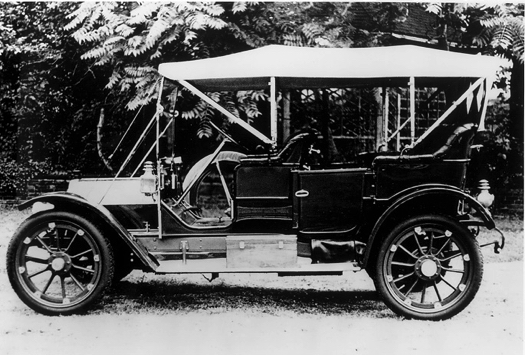Joe Pastry: I’ll take organic chemistry for $400, Alex.
Alex Trebek: An organic acid salt, this by-product of the winemaking process will also help raise your biscuits.
JP: What is cream of tartar?
AT: Correct!
(CHEERS)
JP: Give me organic chemistry for $1000!
AT: Created under photochemical conditions, this is what results when 1,4-dimethylcyclohexane reacts with an equal number of moles of chlorine gas.
JP: Um…are you freakin’ kidding me?
Sure, you can spend your entire baking life making bubbles by mixing soda with acidic substances like buttermilk or sour cream. More than a few of our ancestors did. The trouble with that approach is it’s inconsistent. The weather might change and acid-producing bacteria in your clabber jar might stop growing or even go dormant. Or you might just run out. The solution? Ready-made, easily storable acid powder, the thing we know in America as cream of tartar. A little of that mixed into your baking soda batter and you get the very same reaction, every time.
READ ON


